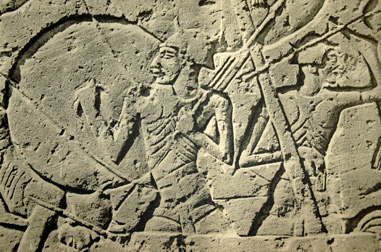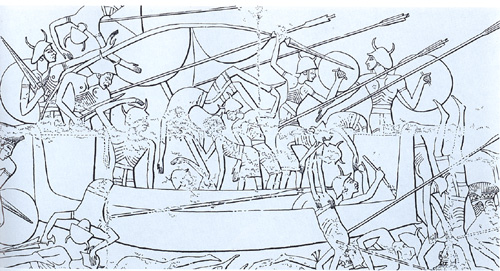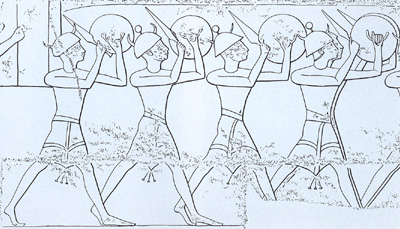Taranis
Elite member
nope, I do not take word "seed"...I just said that I read that ancient historians from Rome were translating it that way... I personally do not think it meant "seed"... but point of saying that was not in the meaning of the word, but in account made by those historians that it was word based on "seed"in order to identify original Celts... so, claim doesnot come from me, but is a piece of puzzle that fits nice in my theory of I2 haplogroup Cimmerians.. as it shows that German was word used to denote original Celts and Gomer was alternative name of Cimmerians....
how difficult is it for you to understand actual meaning of few simple sentences?
What you claim makes no sense, and nothing fits in your "nice" theory. We established before (Tacitus) that the term "Germani" was a newly-coined word. The Celts refered to themselves as "Keltoi", not "Germani". There's no link between the Celts and Cimmerians. Strabo claims that several authors in his time thought there's a link between the (Proto-Germanic?) Cimbri and the Cimmerians, but points out that he doubts this. Haplogroup I2 was already present in Western Europe in 3000 BC, about 2200 years before the Cimmerians are first mentioned. That's the end of the story. No connection.
it is elementary logic that you seems to lack...
you can make million examples, but that doesnot prove that there is no exception to the rule....
The only thing that I don't understand is your intransigence.
thanks...
I am familiar with existence of sound correspondence laws, but I find it funny that you think it covers 100% of cases...
that was point of my critique....
Well, if you are familiar with it, then why don't you use it?!
As for covering 100% of the cases. I did not make that claim, but linguists did make that claim before me, and it's been the backbone of linguistics for over a century, and basically ALL relationships that were established between languages are based, and I would say that empirical evidence suggests this is really the case. Also, when seemingly, words do not obey to sound laws, these must be conditioned by other laws. Textbook example of that is Verner's Law in the Germanic languages.
The beautiful part is, which I have been trying to convey, is that the obedience/non-obdience to specific sound laws allows us to relatively time when a certain word enters the vocabulary of a language and when not.
Gothic word for people is very close to Slavic one.... it can be exception or a rule you are not aware of... and there is another cognate of same word "četa" - which is also about way to denote group, but it is related to military group...
Actually, the word is "Keta"/"Ceta" (or a variety thereof) in most other Slavic languages. Slavic Initial "K" does not correspond with Gothic "Th".
unlike you, I never claimed to be knowledgeable in linguistics... but based on your posts about linguistic rules on some other threads e.g. http://www.eupedia.com/forum/showthread.php?26474-Germanic-and-Proto-Slavic I am very sure that your knowledge of it is extremely limited and superficial, and that you apply it in extremely biased way...
I'm not applying it in any superficial way. If I am guilty of something in that thread, it is believing that a few visualizing key examples would convince peoples. And you only consider it "biased" because it does not fit in line with your world views about Slavic people dominating world history. I have done the same earlier for Celtic borrowings into Proto-Germanic, and PIE borrowings into Finnic.














.jpg)

